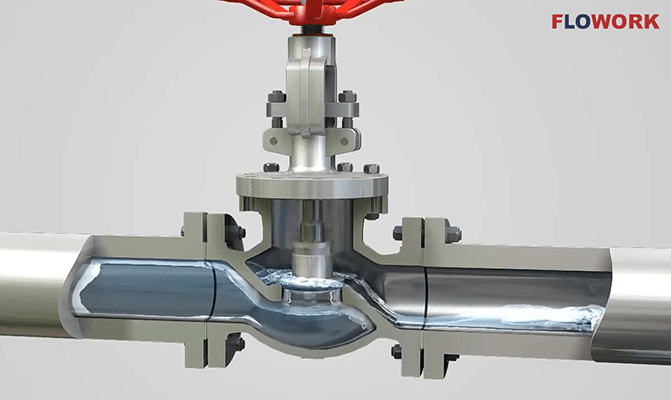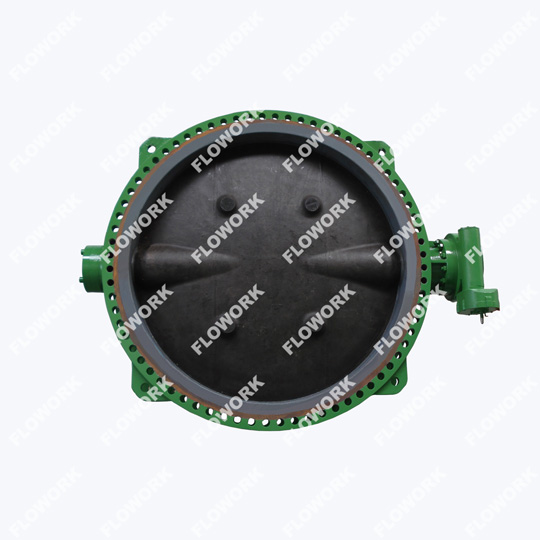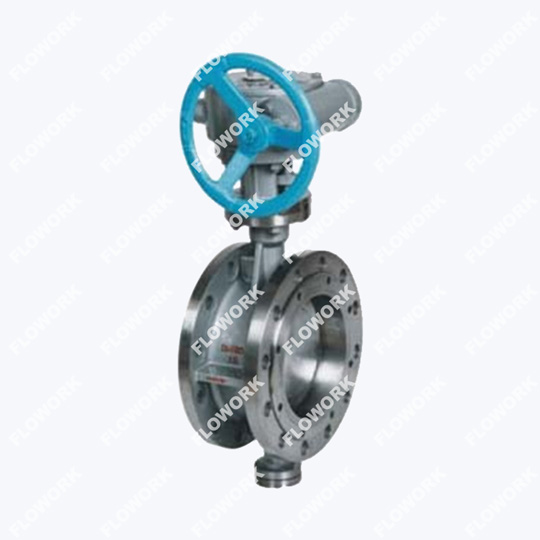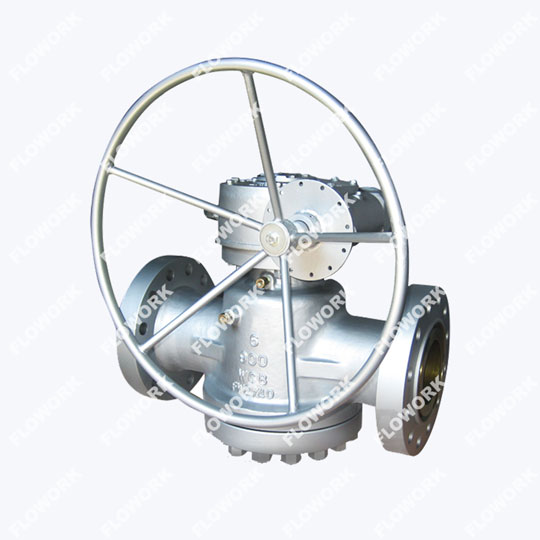What is Full Differential Pressure?
Differential pressure usually refers to the pressure difference between two points of a valve in a pipeline, such as the pressure difference between the inlet and outlet of the valve, and between both sides of flanges.
When the valve is closed, there must be a pressure difference between the inlet and outlet of the valve. At this time, the pressure difference is large, which is called full differential pressure. The thrust generated by this pressure difference is added to the valve seat to create a frictional resistance torque on the valve. To open the valve, a counter torque (manual or electric torque) must be used to overcome it, which is called the working torque. When the valve is opened, the resistance flowing through the valve is the pressure difference between the inlet and outlet of the valve, which is much smaller than full differential pressure.
The full differential pressure of a valve is an important parameter to consider when selecting and sizing valves for a specific application. It determines the pressure rating and flow capacity of the valve. It is crucial to ensure that the selected valve can handle the maximum pressure drop without causing any issues such as cavitation, excessive noise, or reduced flow capacity.











